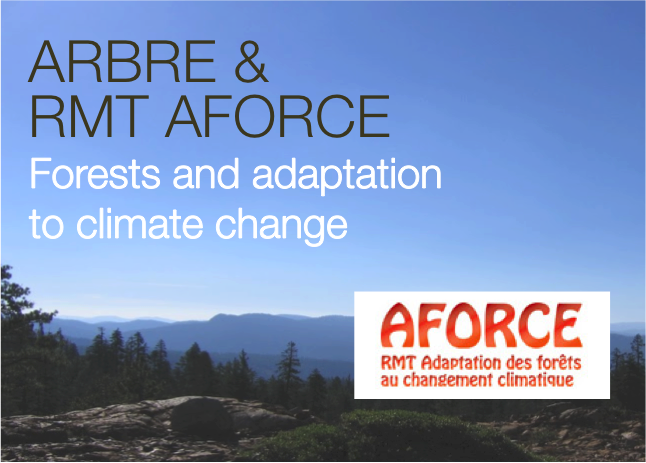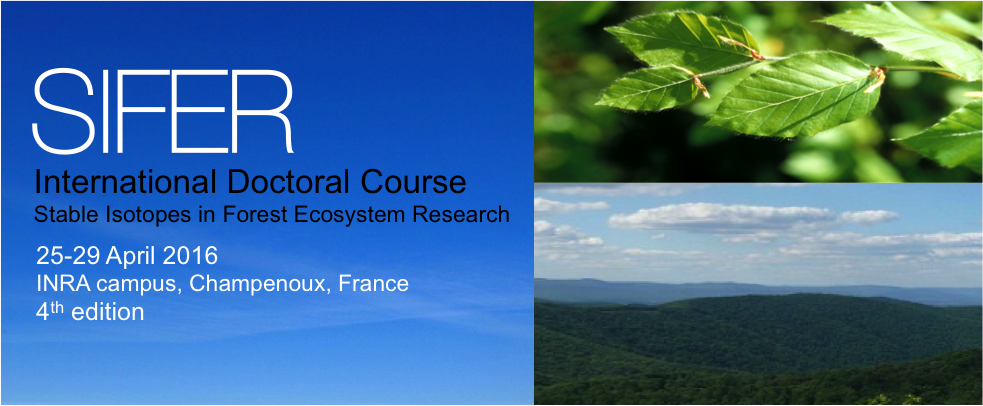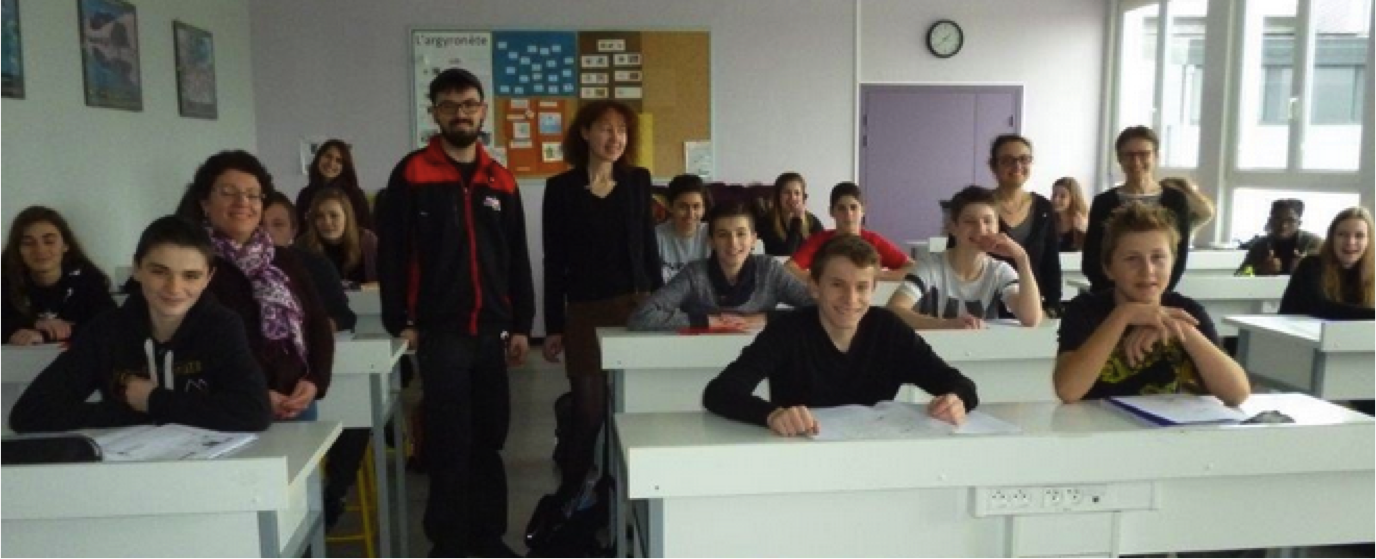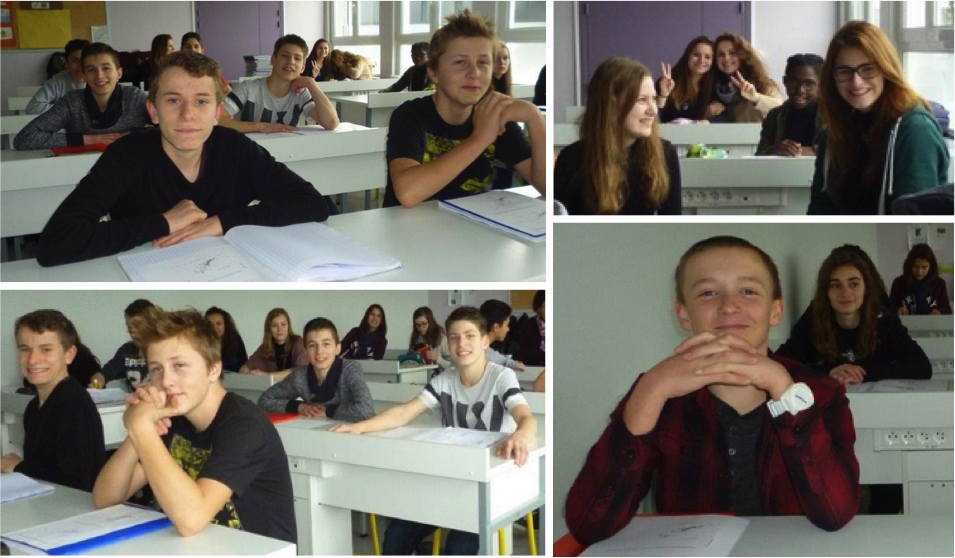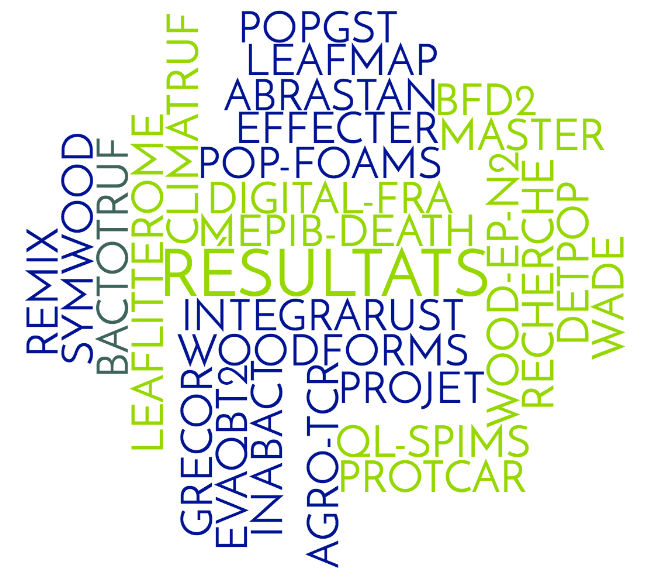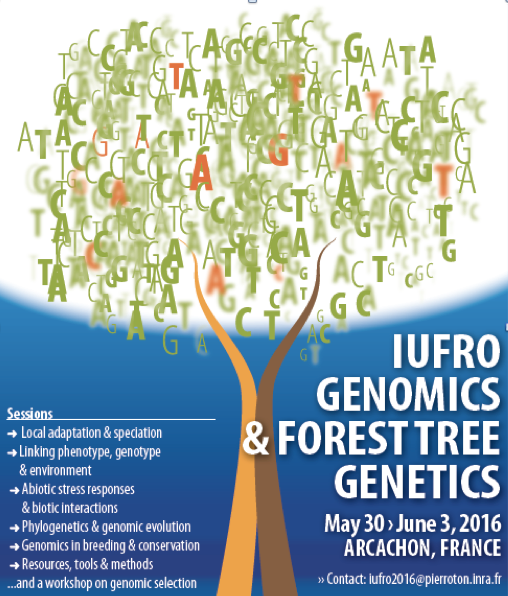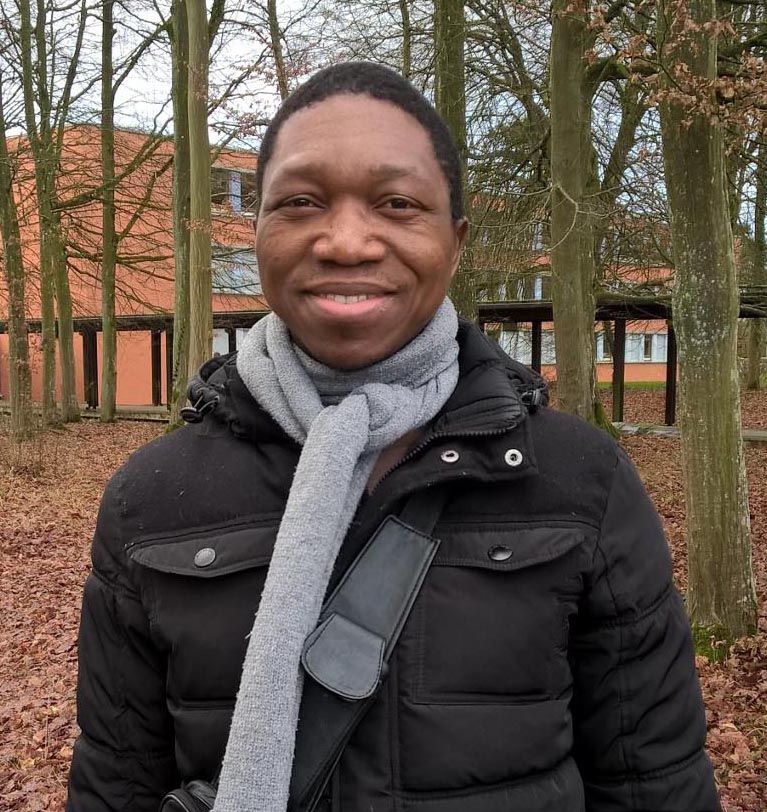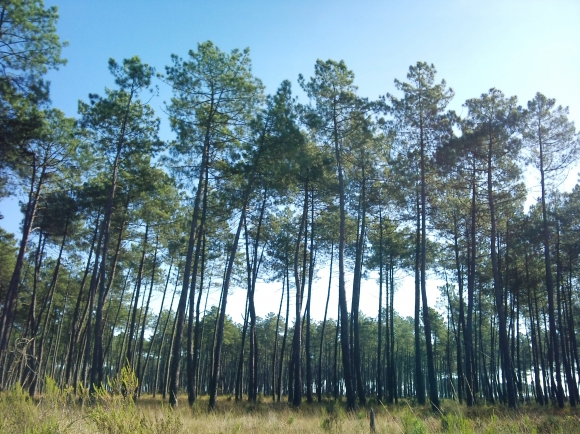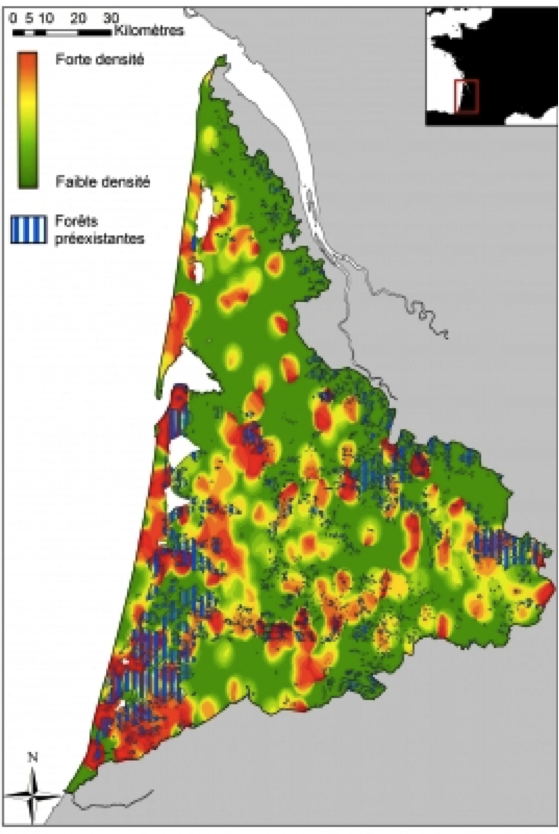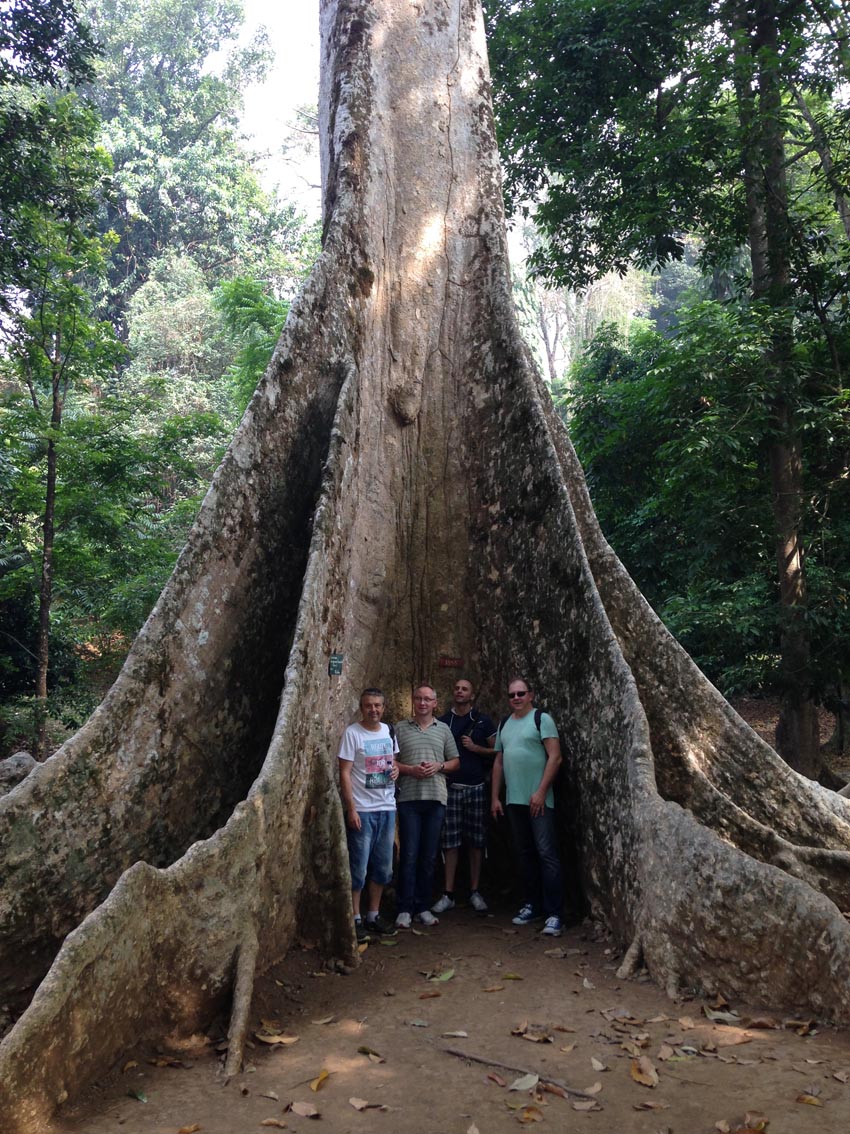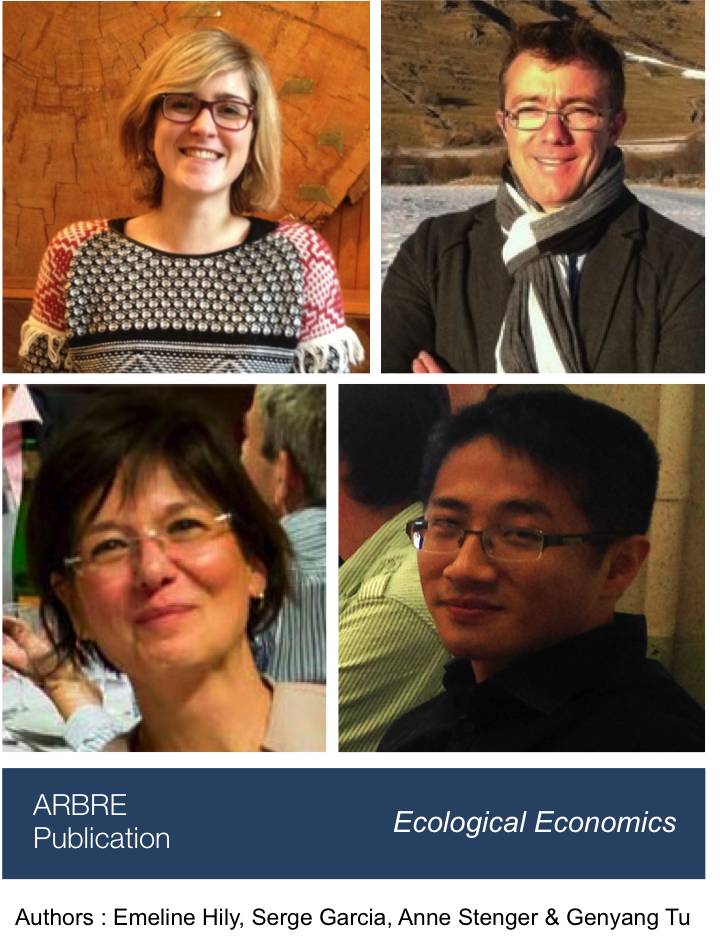
Research Unit — Forest Economics Laboratory (LEF)
Abstract
Assesssing the cost-effectiveness of a biodiversity conservation policy:
A bio-econometric analysis of Natura 2000 contracts for forests
Hily E, Garcia S, Stenger A, Tu G. November 2015. Ecological Economics.
The Natura 2000 European Networking Program was established to promote long-term conservation of biodiversity across Europe, with particular focus on protecting species and habitats of local community interest. As a member state, France proposed to support direct involvement of local stakeholders in the network, notably land managers and land-owners responsible for natural, agricultural and forested areas by establishing contractual relationships with the State. By agreeing to the terms of a “Natura 2000 Contract”, land managers and land-owners commit to implementing conservation measures specifically designed to favor identifiable habitats or species at risk, and receive a payment in exchange.
The objective of this study was to evaluate “Natura 2000 Contracts” designed for forest environments by using a “cost-efficiency” approach. To do this, we looked at existing Natura 2000 contracts for forests between 2007 and 2010 to determine if by definition, they contributed to biodiversity conservation through a system of monetary incentive mechanisms paid to the contract beneficiary.
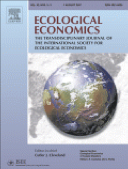 We performed statistical analysis of all Natura 2000 forest contracts signed between 2007 and 2010 in France. We successfully quantified biodiversity levels targeted by each contract using a biodiversity index accounting for three criteria: vulnerability and rarity of species and habitats targeted by the contract, as well as richness specific to targeted habitats and species. We also considered specific socioeconomic characteristics of forest managers and land owners together with their s environments (private or public in nature, local forestry production demands or specific land constraints), to effectively study possible future conflicts or synergy between biodiversity conservation and other activities conducted by contract beneficiaries (wood production, for example). In the end, were able to propose a bio-economical model combining a biodiversity conservation cost function with a biodiversity and wood production function.
We performed statistical analysis of all Natura 2000 forest contracts signed between 2007 and 2010 in France. We successfully quantified biodiversity levels targeted by each contract using a biodiversity index accounting for three criteria: vulnerability and rarity of species and habitats targeted by the contract, as well as richness specific to targeted habitats and species. We also considered specific socioeconomic characteristics of forest managers and land owners together with their s environments (private or public in nature, local forestry production demands or specific land constraints), to effectively study possible future conflicts or synergy between biodiversity conservation and other activities conducted by contract beneficiaries (wood production, for example). In the end, were able to propose a bio-economical model combining a biodiversity conservation cost function with a biodiversity and wood production function.
Overall, our results emphasize the relevance and effectiveness of the Natura 2000 established objectives and may act as a decision support tool for policy recommendations related to contracts targeting, ultimately to enhance the cost-effectiveness of the incentive scheme.



